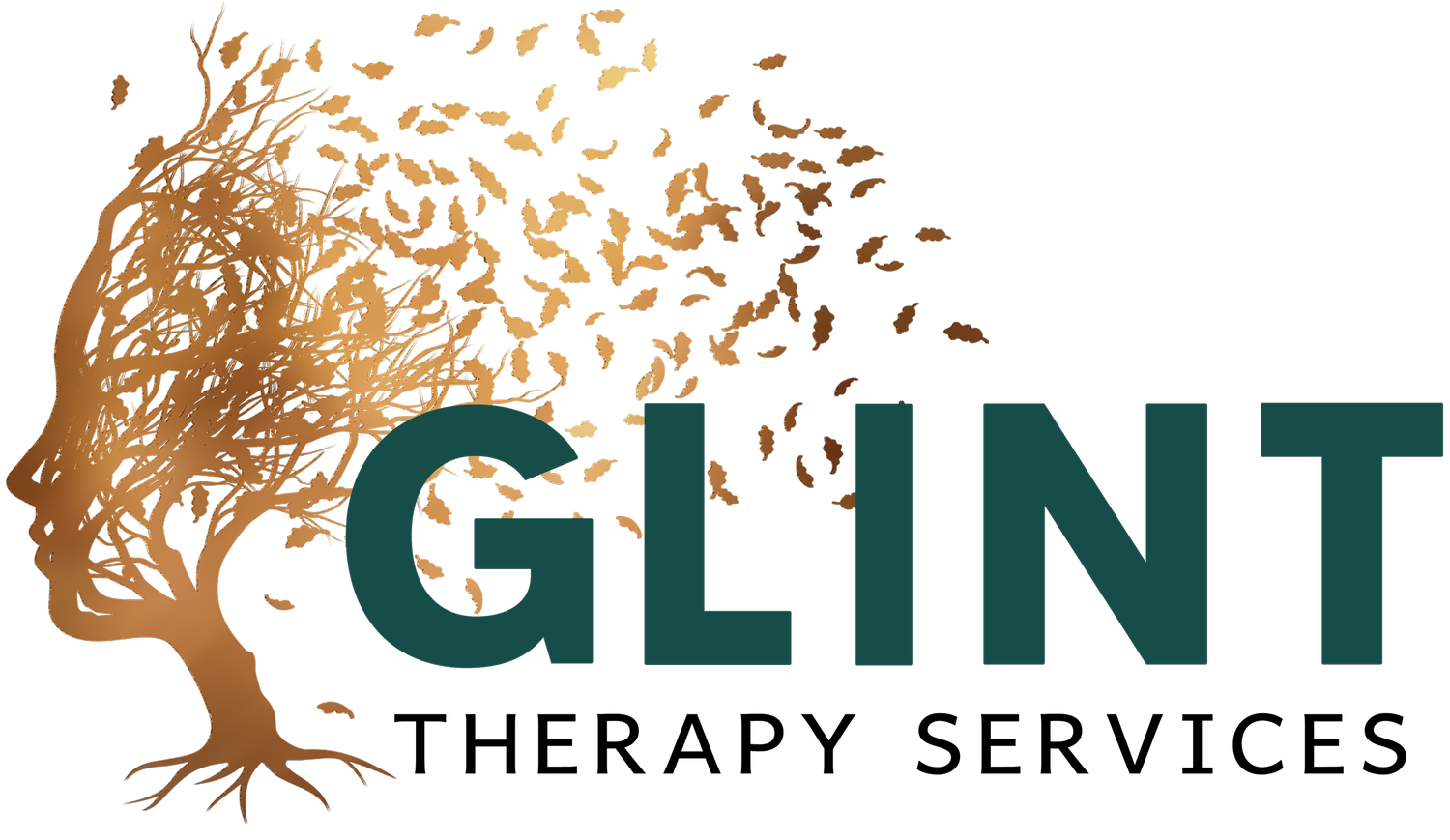
Therapeutic Approaches
& Techniques
-
EMDR is a therapy approach used to process distressing memories and reframe negative beliefs associated with trauma. By guiding individuals through bilateral stimulation, such as eye movements, EMDR aims to reduce the emotional intensity of traumatic memories and promote healing.
-
Positive psychology emphasizes the study and promotion of strengths, virtues, and positive experiences to enhance well-being and resilience. Through validation, empowerment, and collaboration, this strength-based approach focuses on identifying and leveraging an individual's strengths and resources to promote resilience and facilitate positive change.
-
The Neurosequential Model, developed by Dr. Bruce Perry, is a framework for understanding brain development and designing interventions tailored to an individual's neurodevelopmental stage. This model emphasizes the importance of addressing early-life experiences and promoting healthy brain development through nurturing relationships and trauma-informed care.
-
CBT is a goal-oriented therapy that focuses on identifying and changing negative thought patterns and behaviors. By learning practical skills and strategies, individuals can challenge and reframe unhelpful beliefs, manage distressing emotions, and develop healthier coping mechanisms.
-
Insight-oriented therapies explore unconscious patterns and conflicts underlying current difficulties. By gaining insight into past experiences and emotions, individuals can develop a deeper understanding of themselves and address underlying issues contributing to their symptoms.
-
Person-centered therapy, developed by Dr. Carl Rogers, emphasizes empathy, unconditional positive regard, and genuineness in the therapeutic relationship. This approach focuses on empowering individuals to explore their own feelings and experiences, fostering self-awareness, and promoting personal growth.
-
SFBT is a goal-oriented approach that focuses on identifying and building on an individual's strengths and resources to create solutions to current problems. This therapy emphasizes collaboration, goal-setting, and practical problem-solving techniques to achieve positive outcomes in a short period.
-
CPRT is a play-based therapy approach that focuses on enhancing the parent-child relationship. Through structured play sessions, parents learn techniques to promote positive interactions, improve communication, and address behavioral issues, strengthening the parent-child bond.
-
Nondirective play therapies, such as child-centered play therapy, provide a safe and supportive environment for children to express themselves freely through play. The therapist follows the child's lead, offering empathy and support as the child explores and processes their feelings and experiences.
-
Directive play therapies, such as filial therapy, involve actively guiding parents in structured play sessions with their children. Therapists provide direction and support to help parents strengthen the parent-child relationship and address specific behavioral or emotional concerns.
-
Creative therapies, including art therapy, music therapy, and dance/movement therapy, use creative expression as a therapeutic tool to explore emotions, promote self-discovery, and facilitate healing. These modalities can be especially effective for individuals who may struggle to verbalize their feelings.
-
The Flash Technique is a brief and highly effective intervention used to process distressing memories and reduce associated emotional distress. By combining elements of exposure therapy and eye movement techniques, the Flash Technique helps individuals reprocess traumatic memories rapidly.
-
MI is a collaborative, goal-oriented approach that helps individuals explore and resolve ambivalence about change. Through empathic listening and reflective questioning, therapists help individuals identify their motivations for change and develop an action plan.
-
MBCT combines cognitive therapy techniques with mindfulness practices to help individuals manage recurring thoughts and emotions. By cultivating present-moment awareness and nonjudgmental acceptance, MBCT teaches individuals to respond to challenges with greater clarity and compassion.
-
IFS therapy explores the different "parts" or aspects of an individual's personality. By understanding and integrating these parts, individuals can achieve greater harmony and self-awareness, reducing internal conflict and promoting healing.
-
ACT combines mindfulness techniques with acceptance and commitment strategies to help individuals live more meaningful and values-driven lives. By learning to accept difficult thoughts and emotions and commit to action aligned with their values, individuals can overcome barriers to personal growth and fulfillment.
-
DBT is a comprehensive therapy approach that combines cognitive-behavioral techniques with mindfulness practices. It is particularly effective in treating borderline personality disorder and helps individuals regulate emotions, improve interpersonal relationships, and develop coping skills.
-
Narrative therapies focus on the stories we tell about ourselves and our lives. By exploring and reshaping these narratives, individuals can gain new perspectives, rewrite their life stories, and create positive change.
-
Gestalt therapy focuses on the here and now, emphasizing awareness, acceptance, and personal responsibility. Through experiential techniques and experiments, individuals explore their thoughts, feelings, and behaviors in the present moment, gaining insight and promoting self-awareness.
-
Existential therapies explore themes of meaning, freedom, responsibility, and death. By confronting existential concerns, individuals can gain clarity about their values, make authentic choices, and find purpose and fulfillment in life.
-
Family systems therapies view individuals within the context of their family and social systems. By examining family dynamics and communication patterns, therapists help families identify and address relational patterns that contribute to problems.
-
Somatic therapies integrate the mind-body connection to promote healing and well-being. Techniques such as body awareness, movement, and breathwork help individuals release tension, process trauma, and restore balance to the nervous system.
-
EFT is a therapy approach for couples that focuses on strengthening emotional bonds and improving communication between partners. By identifying and addressing underlying emotions and attachment needs, couples can rebuild trust, deepen intimacy, and create more secure relationships.
-
Attachment therapies focus on repairing and strengthening attachment bonds between children and caregivers. By providing nurturing and responsive care, therapists help individuals develop secure attachment styles and improve relationships.
-
Brainspotting is a therapy approach that targets specific areas of the brain associated with trauma and emotional distress. By focusing on eye positions that correspond to these areas, individuals can process and release traumatic memories and emotions.
-
Clinical hypnotherapy uses guided relaxation techniques to induce a trance-like state, allowing individuals to access deeper levels of consciousness and explore subconscious thoughts and emotions. By harnessing the power of suggestion, hypnotherapy can promote positive changes in behavior, beliefs, and emotions.
-
Jungian therapy, based on the theories of Dr. Carl Jung, explores the unconscious mind, archetypes, and the collective unconscious. By integrating conscious and unconscious aspects of the psyche, individuals can gain insight into their personal journey and achieve greater wholeness and self-realization.
-
Psychodynamic therapies explore unconscious patterns and past experiences to understand present actions and emotions. These approaches uncover deep-seated conflicts, improve self-awareness, and foster personal growth through insightful dialogue and interpretation. Psychodynamic therapies aim to help individuals clarify their innermost thoughts, feelings, and motivations, which empowers them to achieve lasting changes in themselves and their relationships.
-
SMART is a somatic therapy approach that focuses on regulating the nervous system and resolving trauma through body-based techniques. By addressing physiological responses to stress and trauma, SMART helps individuals restore balance and resilience.
-
CPT is a cognitive-behavioral therapy approach used to treat PTSD. By identifying and challenging unhelpful beliefs and thought patterns related to trauma, CPT helps individuals process and integrate traumatic memories, reducing symptoms of PTSD.
-
Cognitive Behavioral Couples Therapies (CBCT) use cognitive-behavioral techniques to improve communication and resolve conflicts between partners. By identifying and modifying maladaptive relationship patterns, CBCT helps couples build stronger, more satisfying relationships.





